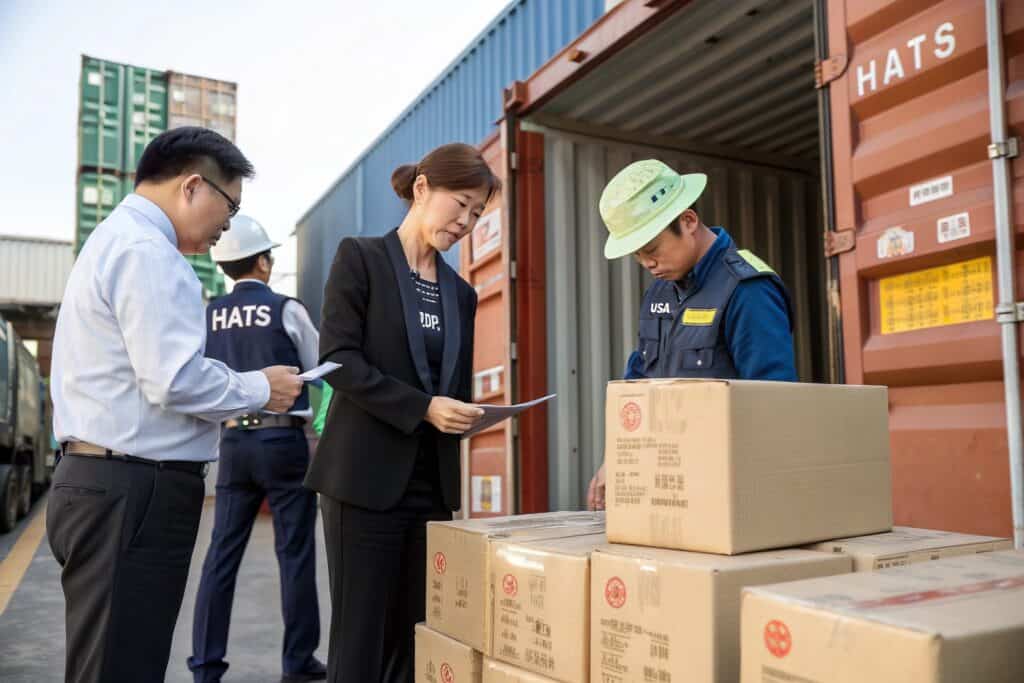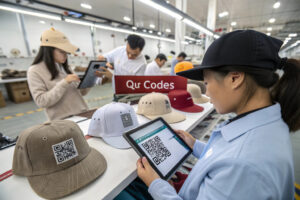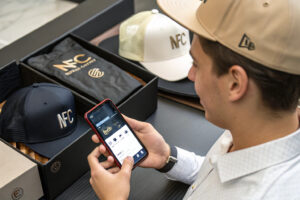Importing hats from China should be a smart business move, not a tax nightmare. But for many buyers, the fear of high tariffs keeps profits low and stress high.
Yes, you can avoid or legally reduce U.S. tariffs on Chinese hat imports by using DDP shipping terms, correct HS codes, bonded zones, and sourcing from experienced exporters like us.
Let me walk you through the exact strategies we use for our American clients. If you’re tired of losing margins to hidden import costs, this guide is for you.
How to avoid US tariffs?
US tariffs can hit suddenly. You place an order, everything seems fine, then customs calls—and you’re stuck paying unexpected duties. That’s avoidable with the right tactics.
To avoid US tariffs on hats, use DDP shipping, classify your goods correctly under low-duty HS codes, and explore routing through trade-friendly countries or bonded logistics zones.
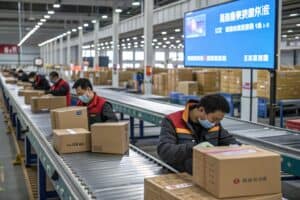
Why does DDP shipping help avoid tariffs?
Delivered Duty Paid (DDP)[^1] means we handle everything—customs clearance[^2], tariffs, duties, and delivery. You get a single landed cost with no surprises. It’s the go-to choice for 80% of our U.S. hat buyers.
When you choose DDP with Global-Caps, we assign a licensed broker, pre-declare HS codes, and negotiate with forwarders for the best possible tax outcomes. You don’t deal with any paperwork, and most importantly—you won’t be overcharged.
| Shipping Term | Who Pays Duties? | Buyer Risk | Best For |
|---|---|---|---|
| DDP | Supplier | Low | Small & mid-size importers |
| FOB | Buyer | High | Experienced importers |
| CIF | Shared | Medium | Bulk freight buyers |
How does HS classification affect tariffs?
Every hat falls under a specific HS (Harmonized System) code[^3]. Tariffs depend on that code. Some categories have zero duty, while others face over 10%. One wrong code can cost thousands.
We identify the right code by hat structure, fabric, and function. Our QC team double-checks materials against U.S. regulations before shipping. Here’s how it breaks down:
| Hat Type | HS Code | US Duty Rate |
|---|---|---|
| Straw Fedora | 6504.00.60 | 0% |
| Cotton Baseball Cap | 6505.00.30 | 7.5% |
| Wool Beret | 6505.00.80 | 9.4% |
| Felt Top Hat | 6506.91.00 | 6.8% |
Even better—we provide you with pre-clearance documents that ensure smooth customs entry.
[^1]: Exploring this resource will help you understand how DDP can simplify your shipping process and save costs.
[^2]: Understanding customs clearance is crucial for smooth international shipping and avoiding delays or extra charges.
[^3]: This link will provide insights into the importance of HS codes in determining tariffs and avoiding costly mistakes.
How can I avoid import fees from China?
Import fees aren’t just about tariffs. They include customs processing charges, handling fees, and sometimes even port congestion surcharges. That’s why import planning matters.
You can avoid or reduce import fees from China by negotiating DDP delivery terms, avoiding peak seasons, and ensuring shipping documents are perfectly accurate and compliant.

What hidden import fees surprise hat buyers?
Here’s what catches many first-time buyers off guard:
- ISF filing fees[^4] (Importer Security Filing): $80–$150
- Customs broker charges[^5]: $100–$250
- Handling fees at U.S. ports: $75–$300
- Detention or demurrage fees if documents are late
These add up. But we bundle these into our DDP quotes, so your shipping cost is fixed, clean, and transparent. No more invoices weeks after delivery.
Why is supplier documentation critical?
One typo in a commercial invoice or packing list can trigger a customs review. That delays delivery and costs money. At Global-Caps, our system checks your paperwork line by line:
- Matching declared value to market price
- Aligning HS code to material breakdown
- Scanning for restricted or ambiguous terms like “fashion item” or “accessory”
All this ensures customs doesn’t flag your shipment.
[^4]: Understanding ISF filing fees can help you budget accurately for your hat imports and avoid unexpected costs.
[^5]: Learn about customs broker charges to ensure smooth importation and avoid surprises in your shipping costs.
Do US tariffs apply to hats?
Many buyers assume all hats have the same tax rate. In reality, U.S. tariffs vary by material, design, and even intended use. Knowing this can save you thousands.
Yes, U.S. tariffs apply to hats—but many types are duty-free or have reduced rates depending on HS classification, use case, and origin routing.
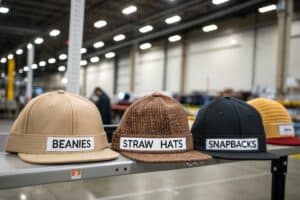
Which hats are duty-free[^6]?
Not all hats are treated equally. For example:
| Hat Style | Duty Status |
|---|---|
| Handmade straw hats | 0% |
| Synthetic fiber sun hats | 6.8% |
| Military-style peaked caps | 14.9% |
| Wool berets | 9.4% |
| Religious headwear (Kufi, Turban) | 0–3% |
Hats classified for ceremonial, cultural, or religious use[^7] may get exemptions—but only with the correct documentation.
What is “country of origin[^8]” transformation?
Some U.S. tariffs target China-origin goods. But if hats undergo significant manufacturing in Vietnam, Bangladesh, or Malaysia—such as assembly, dyeing, or finishing—their origin may legally shift.
We work with bonded warehouses and certified finishing facilities in Southeast Asia. This allows qualified origin-switching and reduced tariffs—without breaking any law.
[^6]: Explore this link to understand which hats are exempt from duties and how to benefit from these regulations.
[^7]: Discover the exemptions available for hats used in cultural contexts and the necessary documentation.
[^8]: Learn about the significance of country of origin in tariffs and how it affects hat imports.
Do I have to pay import tax from China to the USA?
Import tax can seem like a mystery. Sometimes it's on the invoice, sometimes not. For many clients, the question isn’t whether it exists—but who’s responsible for it.
You don’t have to personally pay import tax if your agreement is DDP. With this shipping term, your supplier handles it all. Otherwise, the importer (you) must pay taxes at customs clearance.
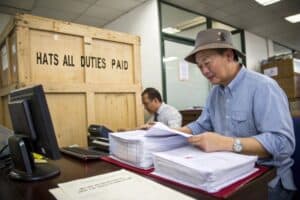
What is included in import tax?
Import tax in the U.S. typically includes:
- Tariffs (duty) based on product classification
- Merchandise Processing Fee (MPF)[^9]: 0.3464% of value
- Harbor Maintenance Fee (HMF): For ocean shipments
- State taxes or local charges (rare, but possible)
Our logistics partners pre-pay these and deliver to your warehouse, so you're not chasing down multiple invoices.
Are small orders exempt?
Yes, if your shipment value is under $800 and sent via courier (DHL, FedEx), it may qualify under the de minimis rule[^10]. But this only works for sample orders.
For larger B2B orders, we recommend:
- Splitting shipments
- Using Free Trade Zones[^11]
- Engaging in annual import programs (like Trusted Trader)
We’ve supported startups who began with postal shipments and gradually scaled into full-container DDP buyers—with zero tax issues along the way.
[^9]: Learn about the Merchandise Processing Fee to better manage your import costs and avoid surprises. This resource provides essential information.
[^10]: Understanding the de minimis rule can help you save on import taxes for small shipments. Explore this link for detailed insights.
[^11]: Discover how Free Trade Zones can benefit your business by reducing import costs and streamlining logistics. This link offers valuable guidance.
Conclusion
You can import hats from China to the USA without getting trapped by unexpected tariffs or taxes. With correct classification, expert logistics, and DDP shipping terms, your supply chain stays smooth—and your margins stay protected.
